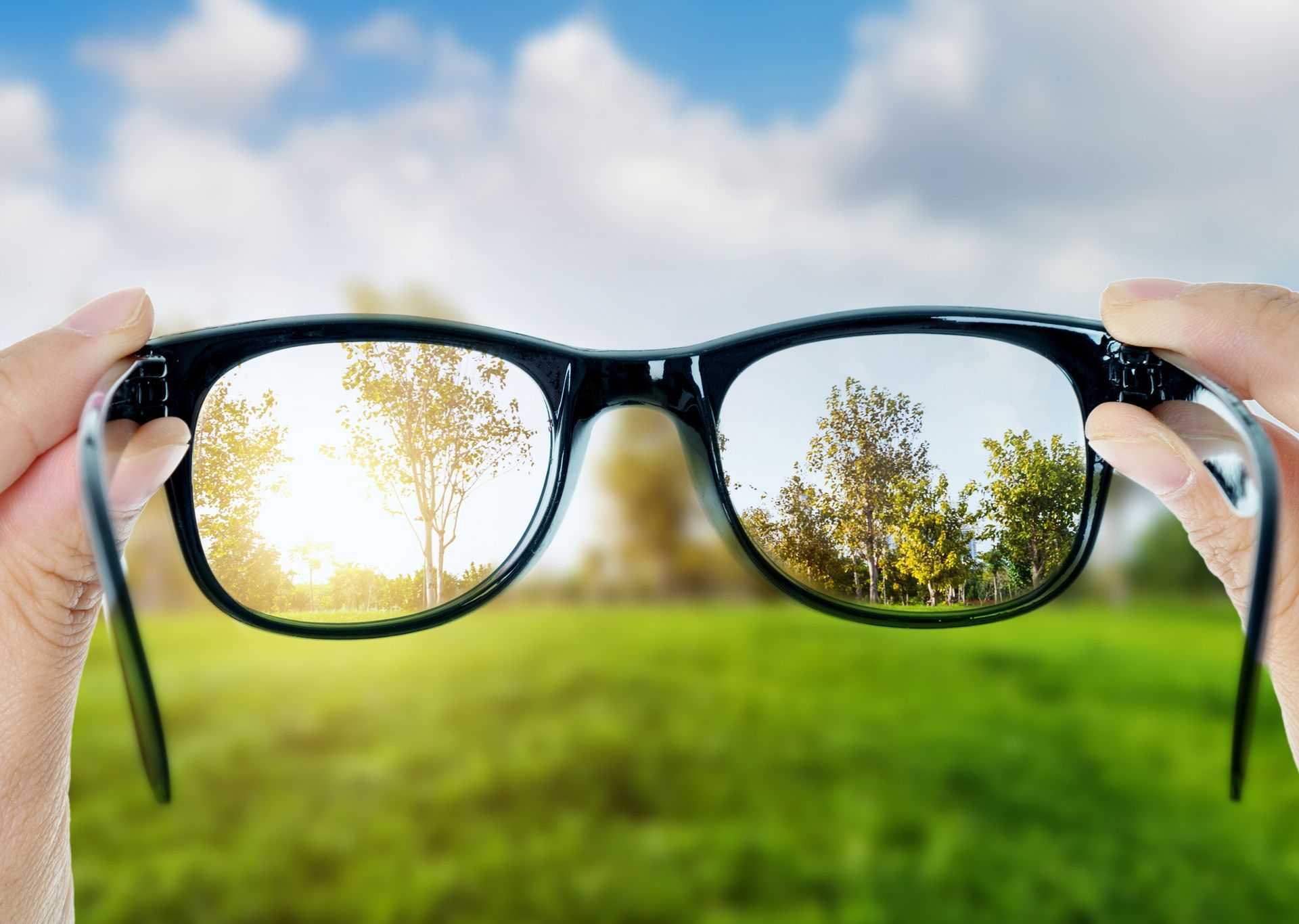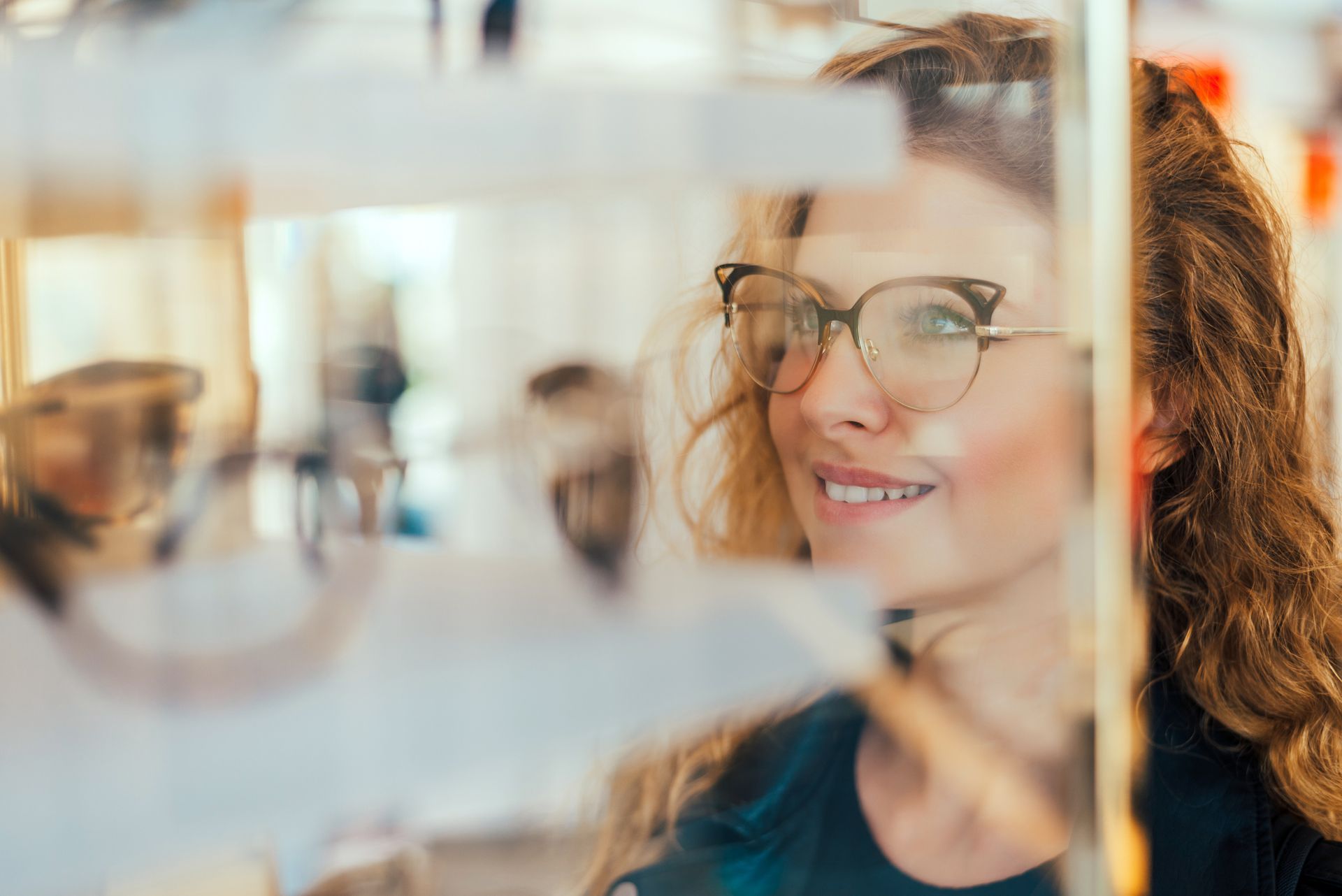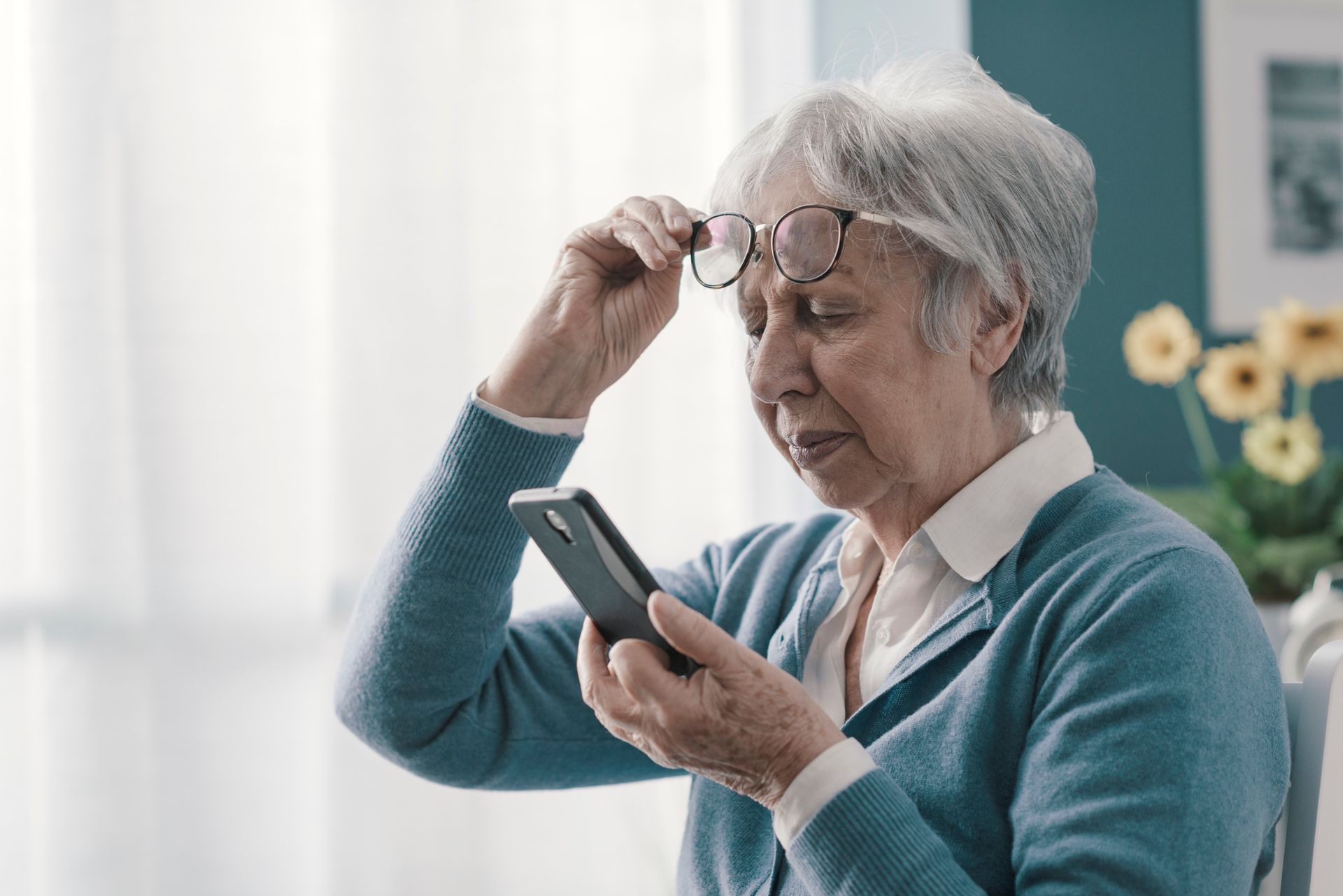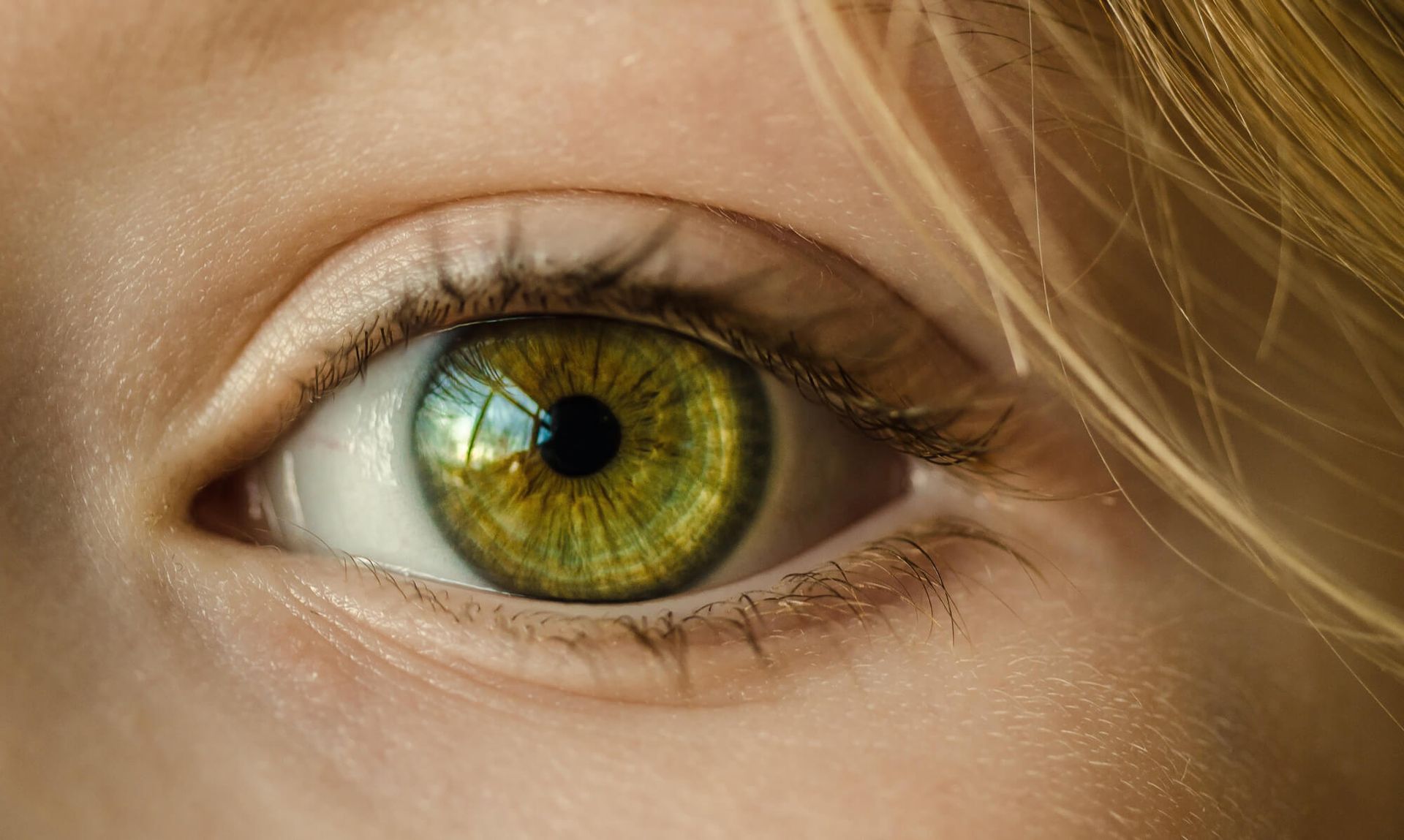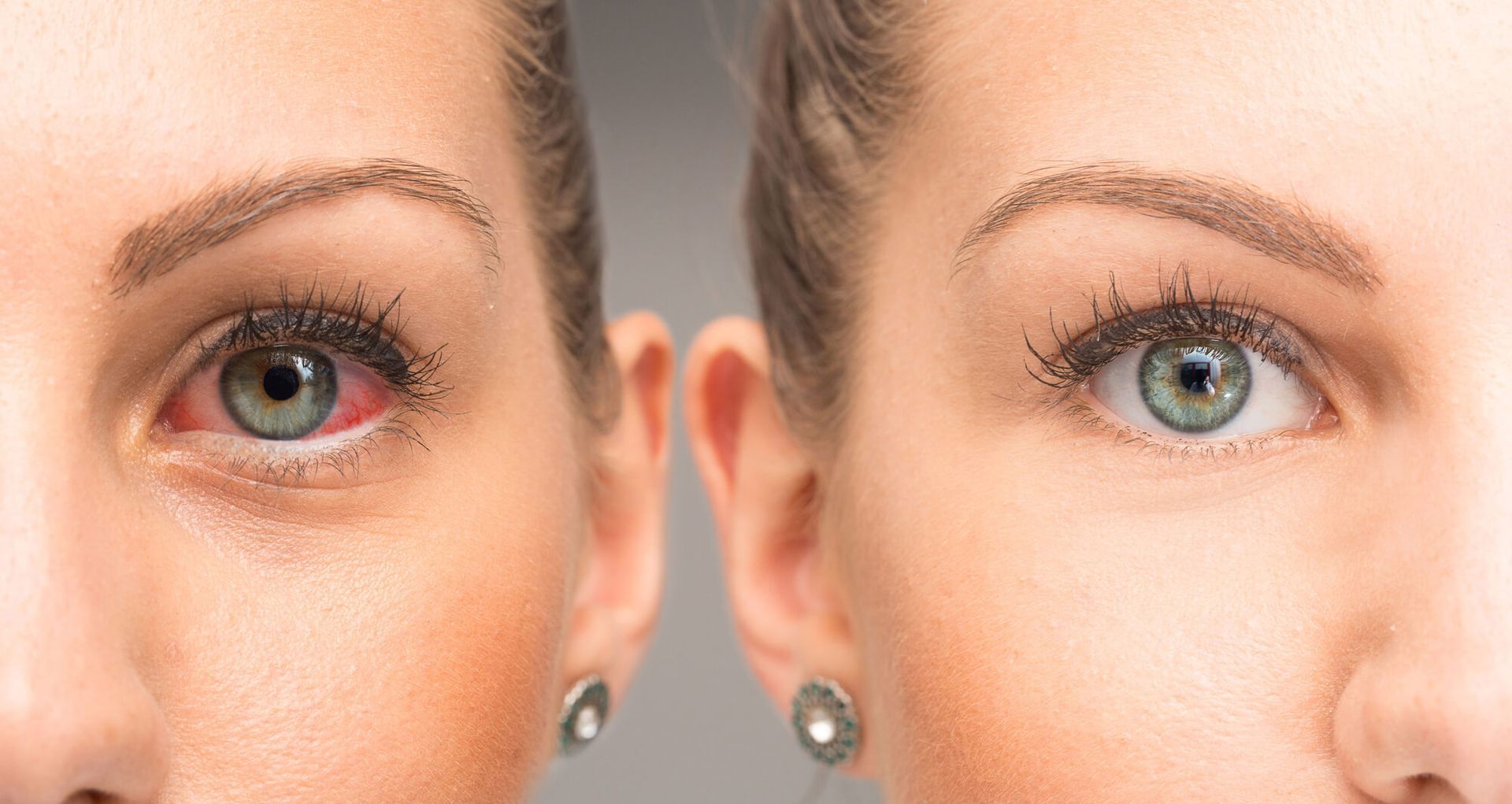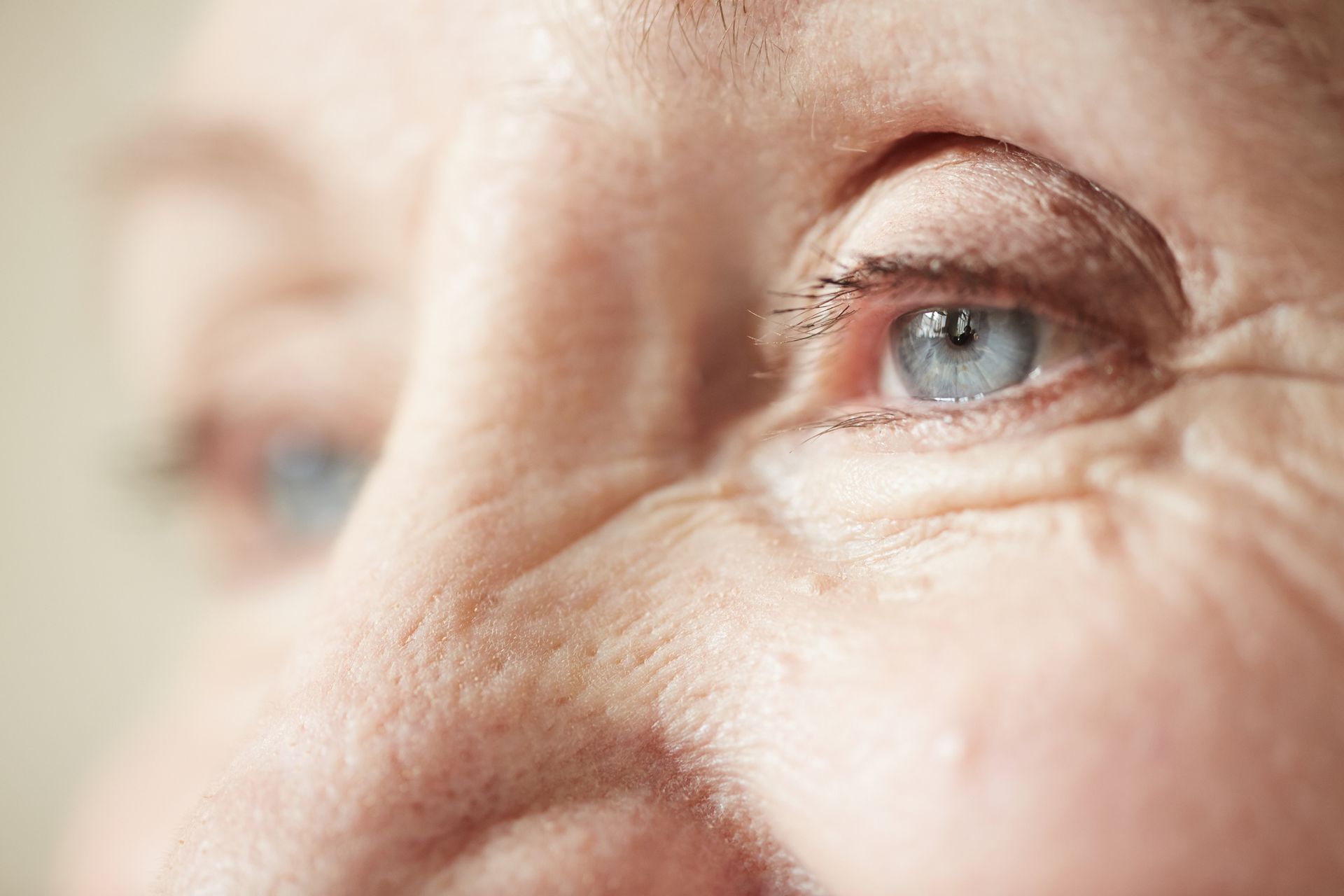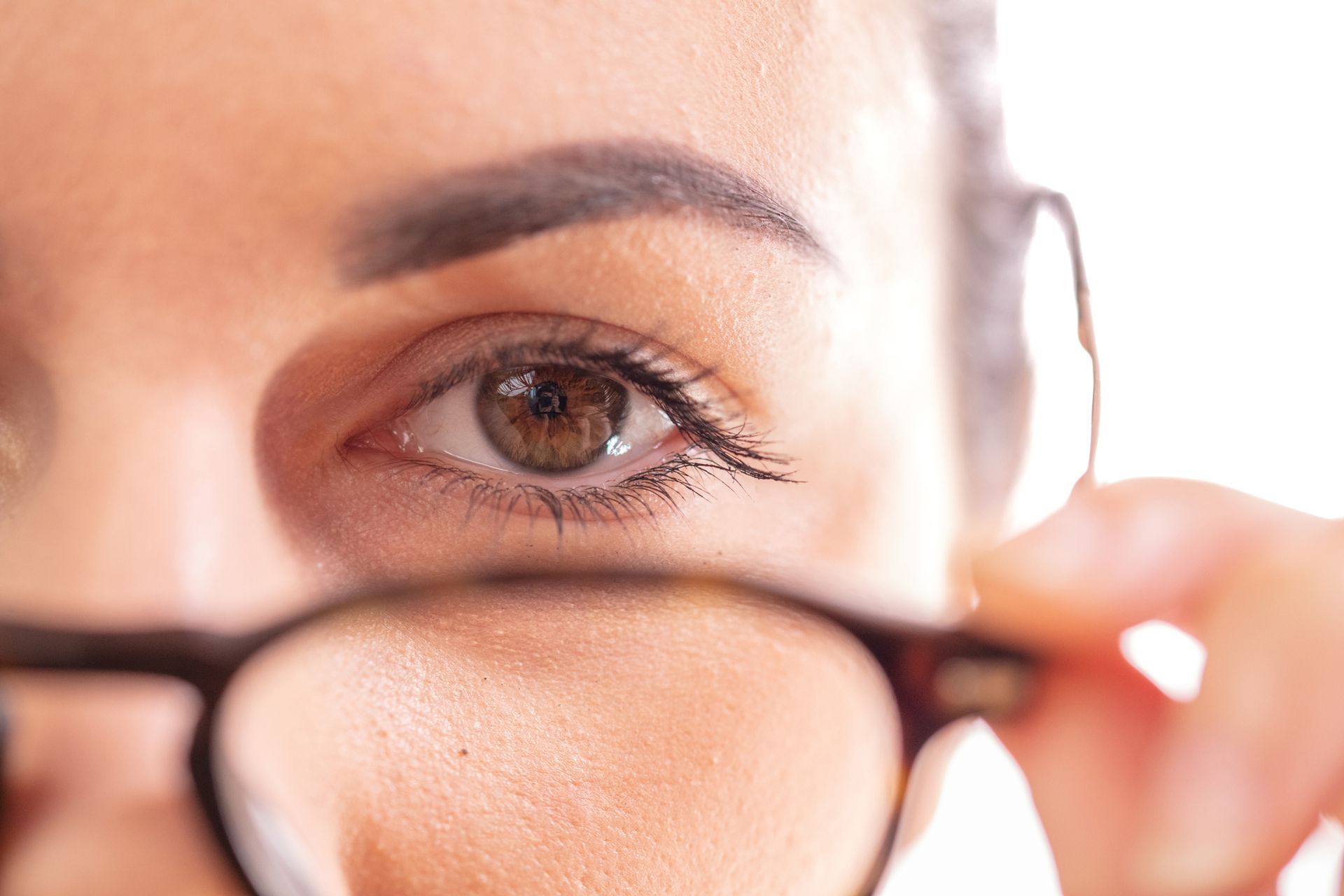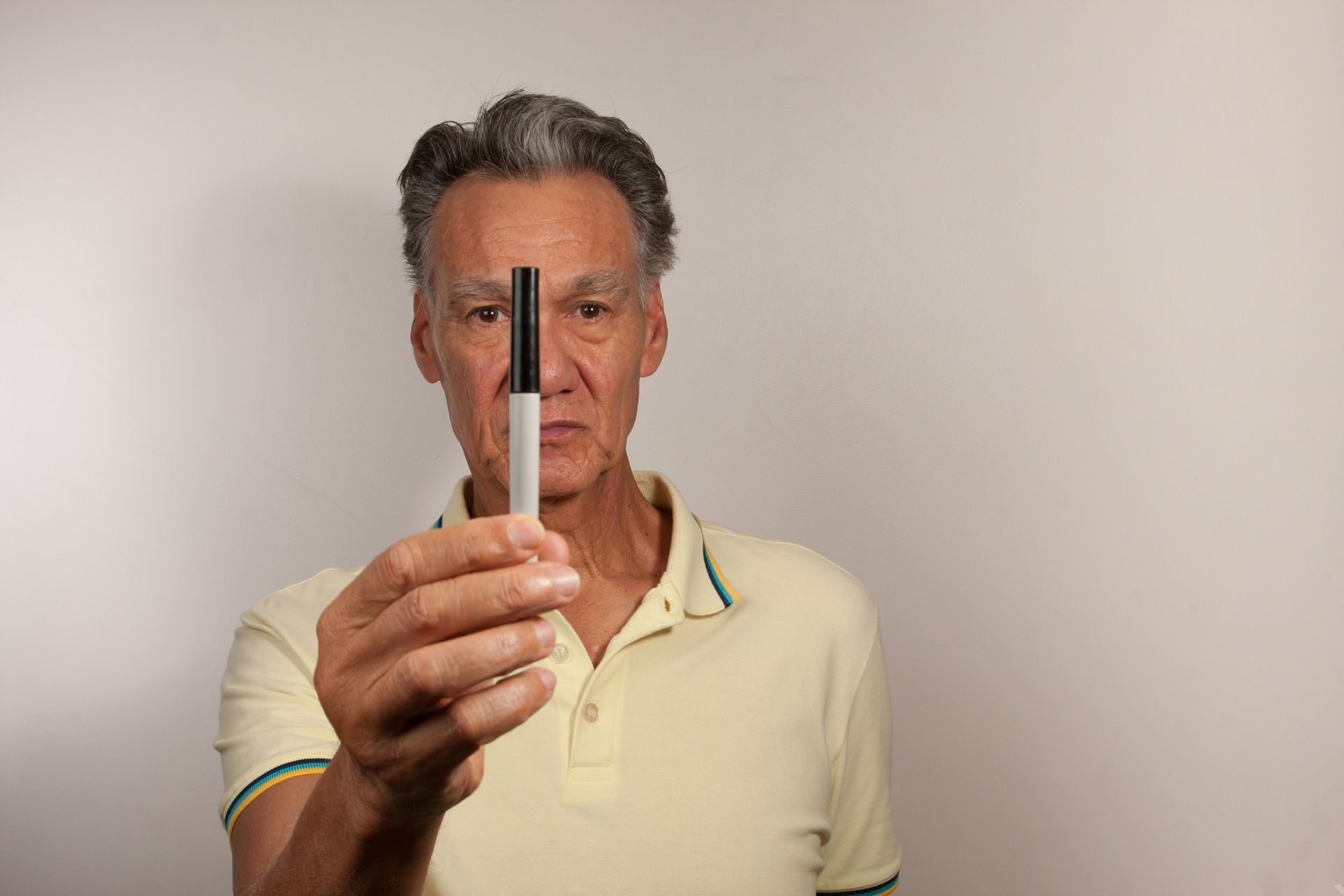Best Ways to Address Eyes Under Bags: Causes & Solutions
Worried about eyes under bags? This common issue can make you look tired and older. Let’s dive into the causes and discover effective solutions to reduce or eliminate those under-eye bags.
Key Takeaways
- Bags under the eyes can be caused by factors such as aging, genetics, allergies, and lifestyle choices, leading to puffiness and dark circles.
- Home remedies like cold compresses, head elevation while sleeping, and proper hydration can provide temporary relief from under-eye bags.
- Medical treatments, including prescription medications and surgical options like blepharoplasty, should be considered based on individual needs and underlying causes.
Understanding Bags Under Eyes and Dark Circles
Bags under your eyes refer to the puffiness that occurs in the lower eyelids. This condition is often accompanied by minor swelling, loose skin, and darkened circles beneath the eyes, and is commonly considered a cosmetic concern. Such symptoms can be distressing, especially when they persist, making one look tired or older than they actually are.
Dark circles under the eyes are a common concern. They can affect individuals regardless of age, race, or gender. These circles indicate that the area of skin below the eyes appears darker than usual, contributing to an overall fatigued appearance, often accompanied by loose skin dark circles. Understanding skin dark circles is the first step toward finding effective solutions.
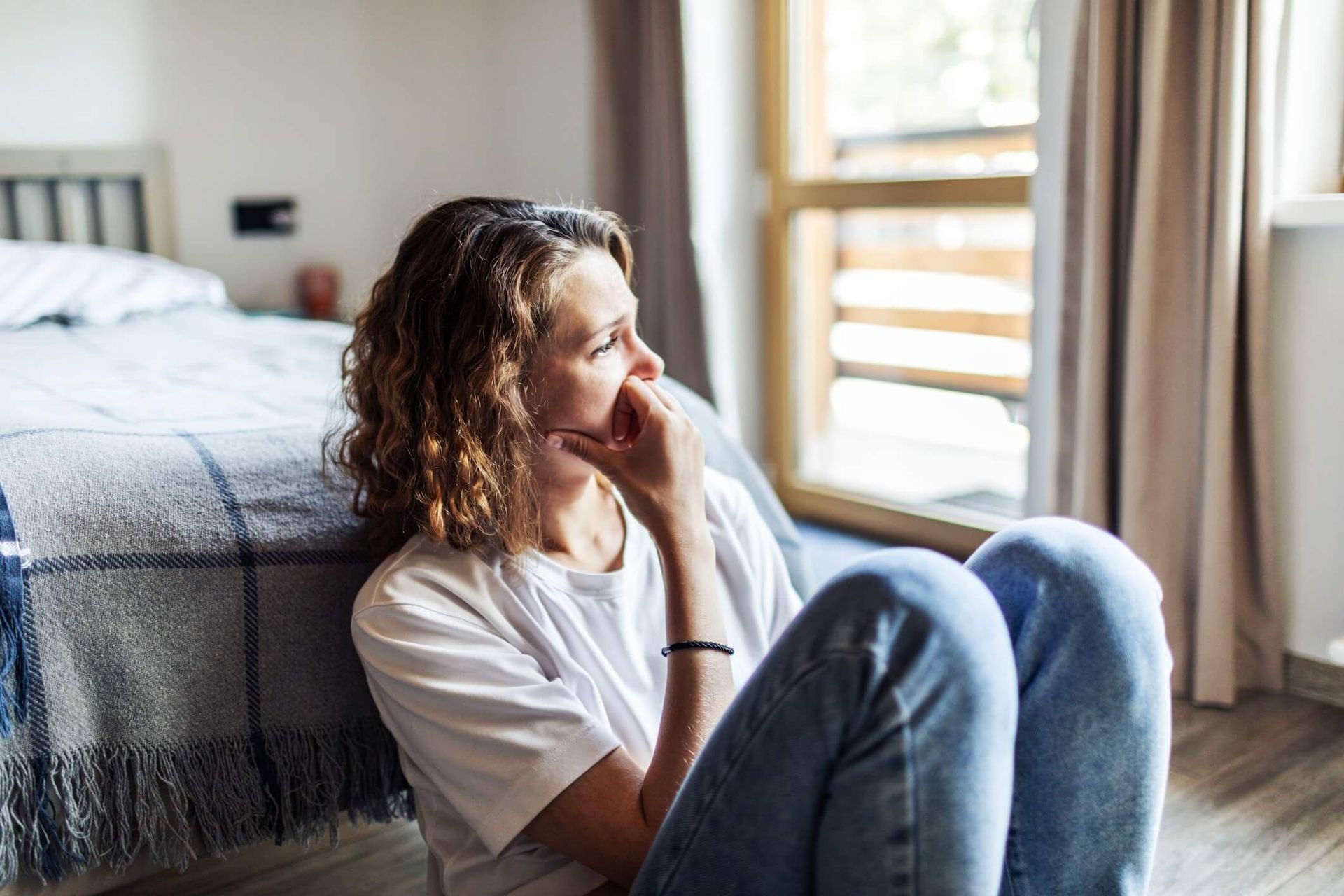
Common Causes of Under Eye Bags
Bags under the eyes are generally not a sign of a serious health issue but can be influenced by various factors such as allergies, heredity, and lifestyle choices. Genetics, for instance, can play a significant role, often resulting in dark under-eye circles. Additionally, aging contributes to the weakening of supporting tissues and muscles around the eyes, leading to sagging skin and bulging fat.
Fluid accumulation and allergies can further exacerbate under-eye swelling, while lifestyle factors like stress and lack of sleep also play a crucial role in the development of under-eye bags. By understanding these causes, you can better address the issue. Connective tissue disease can also be a potential cause of under-eye bags and should be evaluated by a healthcare provider.
Aging and Skin Laxity
As we age, the muscles and skin around our eyes weaken, leading to puffiness and the appearance of bags under the eyes. The fat that surrounds the eyes can start to bulge out, causing a sagging appearance and contributing to under-eye bags.
This process is a natural part of aging but can be managed with appropriate treatments and preventive measures.
Allergies and Fluid Retention
Allergies can cause under-eye swelling by triggering fluid accumulation in the space below the eyes. Treating allergies or avoiding triggers can significantly reduce puffiness. Dehydration also plays a role, as it can contribute to fluid retention and the formation of dark circles.
Staying hydrated and managing allergies are key steps in addressing this issue.
Lifestyle Factors
Lifestyle choices such as lack of sleep, poor diet, and stress can exacerbate under-eye bags. For instance, insufficient sleep can lead to increased fluid retention and poor circulation, resulting in puffiness. High salt intake can also cause fluid retention, contributing to under-eye bags.
Managing stress levels is equally important, as stress can negatively impact the body and worsen the appearance of under-eye bags.
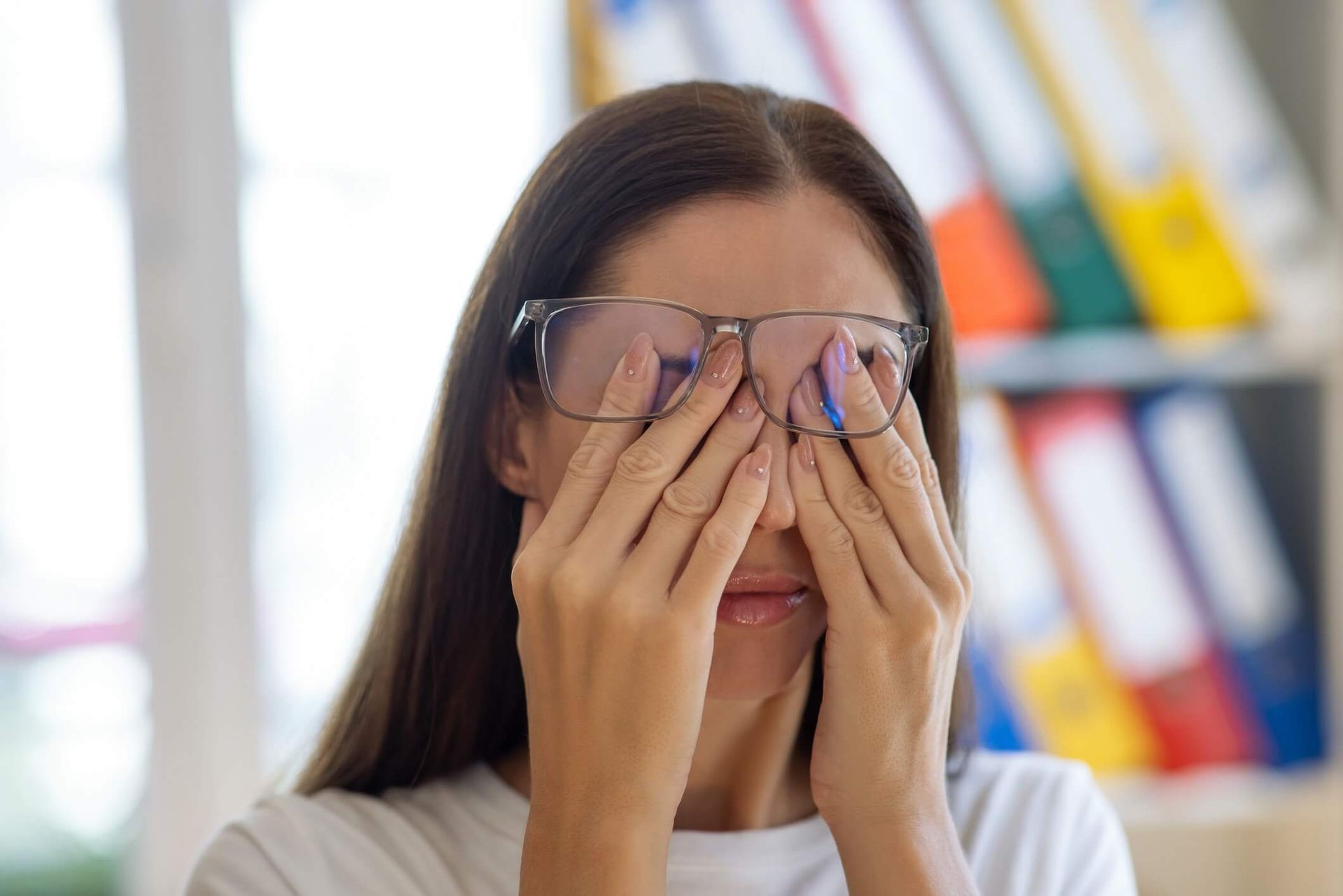
Home Remedies for Reducing Under Eye Bags
Home and lifestyle treatments can be an effective way for many individuals to minimize the appearance of under-eye bags. While these remedies often provide only temporary relief, they can significantly improve the overall appearance of the under-eye area.
Some popular home remedies include cold compresses, elevating your head while sleeping, and maintaining proper hydration and diet.
Cold Compress
Applying a cold compress to the eyes can help reduce puffiness and dark circles by constricting blood vessels. This simple method can be done using a damp dishcloth, ice, or even frozen vegetables.
Applying the cold compress for about 15 minutes can significantly alleviate symptoms related to eye discomfort, including dark circles and swelling.
Elevating Your Head While Sleeping
Sleeping with your head elevated can prevent fluid accumulation under the eyes, reducing puffiness. This can be achieved by using multiple pillows or a wedge pillow.
Ensuring you get enough sleep and keeping your head slightly raised can make a noticeable difference in the appearance of under-eye bags.
Hydration and Diet
Staying properly hydrated is essential for maintaining skin elasticity and minimizing under-eye bags. Drinking plenty of water helps keep the skin around the eyes healthy and supple. Reducing salty food and alcohol intake can also help decrease puffiness.
A balanced diet rich in vitamins and antioxidants supports overall skin health, further helping to prevent under-eye bags.
Medical Treatments for Under Eye Bags
For more prominent and permanent under-eye bags, medical treatment and surgical treatments may be necessary. While many cases do not require medical treatment, more severe cases may benefit from it. These treatments can be classified into surgical and nonsurgical options, each with its own benefits and considerations.
Consulting with a healthcare provider is crucial to determine the best treatment plan for your specific needs.
Prescription Allergy Medications
Prescription allergy medications can effectively target under-eye swelling caused by allergic reactions. These medications help reduce symptoms associated with allergies, which may lead to under-eye bags.
It’s essential to consult a healthcare provider to get the appropriate prescription and manage allergy symptoms effectively.
Wrinkle Treatments
Various wrinkle treatments, such as laser resurfacing and fillers, can significantly enhance the skin texture and improve skin tone around the eyes. These treatments are often sought for cosmetic concerns and may not be covered by insurance unless deemed medically necessary.
It’s important to discuss the potential risks and expected results with your healthcare provider before undergoing any procedure.
Eyelid Surgery (Blepharoplasty)
Eyelid surgery, or blepharoplasty, is a procedure aimed at removing excess fat and correcting bags under the eyes. This surgery is typically performed in an outpatient setting using local anesthesia.
Recovery time and potential side effects vary, so it’s important to discuss these aspects with your healthcare provider.
Choosing the Right Treatment Option
Selecting the most suitable treatment for under-eye bags depends on individual factors such as skin type and the underlying causes. Assess whether your condition is temporary or likely to persist before deciding on a treatment.
Consulting with a healthcare provider and understanding medical insurance coverage can help you make an informed decision. Individuals with brown or black skin should consult with a healthcare provider to identify treatments that minimize the risk of permanent skin color changes.
Consulting with a Healthcare Provider
Speak with a healthcare provider to identify the causes of under-eye bags and develop an appropriate treatment plan. Keeping a record of your symptoms, any treatments you have tried, and your medical history can make the consultation more effective.
Ask your healthcare provider about potential causes, treatment options, and necessary referrals to specialists.
Considering Medical Insurance Coverage
Understanding your medical insurance coverage is crucial before pursuing treatment for under-eye bags. Medical insurance typically does not cover procedures performed solely for cosmetic purposes. If the treatment is deemed purely aesthetic, it is unlikely to be covered by insurance.
Knowing your coverage can help you plan your treatment options more effectively.

Preventive Measures for Under Eye Bags
Preventing under-eye bags involves adopting a healthy lifestyle and being proactive about skincare. A diet low in salt and high in hydration can prevent water retention, which contributes to under-eye bags. Regularly using sunscreen can help protect the delicate skin around the eyes from sun damage.
Increasing vitamin C intake supports collagen production, which can improve skin health around the eyes.
Managing Allergies
Identifying and avoiding allergens can significantly reduce the chances of developing under-eye swelling. Using hypoallergenic skincare products and wearing sunglasses during high pollen times can minimize the risk of irritation that may lead to under-eye bags.
Additionally, using preservative-free eye wash can help keep the eyes clear of allergens.
Maintaining a Healthy Lifestyle
Maintaining a healthy lifestyle is crucial in preventing under-eye bags. Getting adequate sleep each night can significantly reduce the appearance of under-eye bags. Eating a balanced diet rich in vitamins and antioxidants supports skin health and helps minimize puffiness.
Regular sleep patterns and a healthy diet are key in maintaining the overall health of the under-eye area.
Preparing for a Medical Appointment
Preparing for a consultation with a healthcare provider ensures effective communication and optimal care. Having a list of questions ready ensures that you cover all aspects of your condition and treatment options during the appointment.
This preparation can make a significant difference in the quality of care you receive.
Questions to Ask Your Healthcare Provider
During your medical appointment, it’s important to ask comprehensive questions about the causes, treatment options, and preventive measures for under-eye bags. If you believe your under-eye swelling is due to allergies, inquire about prescription allergy medication.
Asking these questions ensures you receive thorough and effective care for your under-eye bags.
Summary
Addressing under-eye bags involves understanding their common causes, exploring both home remedies and medical treatments, and taking preventive measures. Aging, allergies, fluid retention, and lifestyle factors all contribute to the formation of under-eye bags. Practical home remedies, such as cold compresses, elevating your head while sleeping, and maintaining proper hydration, can offer temporary relief.
For more permanent solutions, medical treatments like prescription allergy medications, wrinkle treatments, and eyelid surgery (blepharoplasty) provide effective options. Consulting with a healthcare provider is crucial for developing an appropriate treatment plan and understanding medical insurance coverage. By adopting a healthy lifestyle and managing allergies, you can significantly reduce the appearance of under-eye bags and maintain a youthful, refreshed look.
Frequently Asked Questions
What are the main causes of under-eye bags?
The main causes of under-eye bags are aging and skin laxity, allergies, and fluid retention, as well as lifestyle factors like inadequate sleep, an unhealthy diet, and stress. Addressing these factors can help reduce the appearance of under-eye bags.
Can home remedies effectively reduce under-eye bags?
Home remedies can effectively reduce the appearance of under-eye bags through methods like cold compresses, elevating the head during sleep, and ensuring proper hydration and diet. These approaches can yield temporary improvement in this condition.
What medical treatments are available for under-eye bags?
Effective medical treatments for under-eye bags include prescription allergy medications, laser resurfacing, dermal fillers, and eyelid surgery (blepharoplasty). Consulting a qualified professional can help determine the most appropriate option for individual needs.
How can I prevent under-eye bags?
To effectively prevent under-eye bags, prioritize a healthy lifestyle that includes sufficient sleep, a balanced diet, hydration, and allergy management. Additionally, safeguard the skin around your eyes with sunscreen and hypoallergenic products.
What should I ask my healthcare provider about under-eye bags?
Inquire about the underlying causes of your under-eye bags, available treatment options, preventive strategies, and whether prescription allergy medications may provide relief if you suspect allergies are a contributing factor.
All Rights Reserved | Pro Optical

